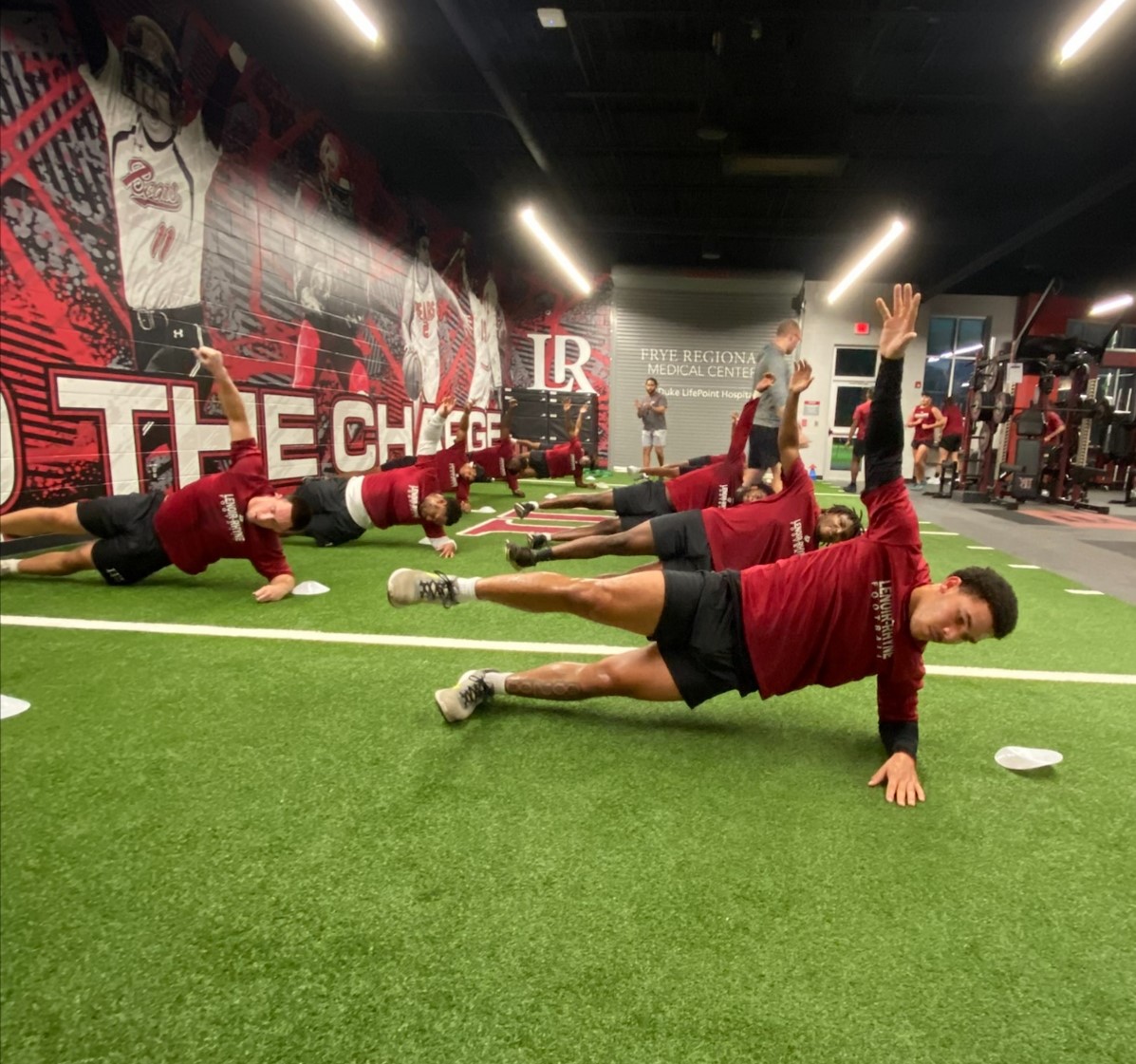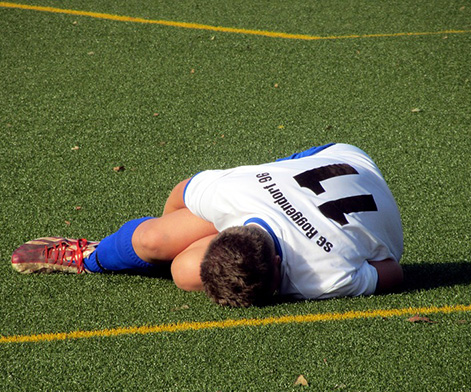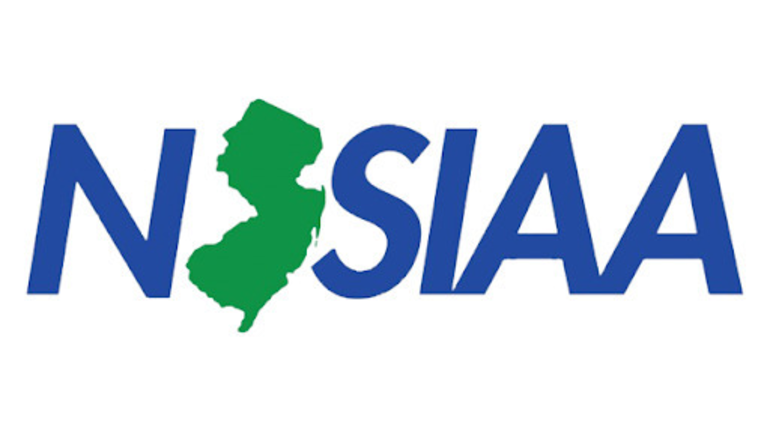In-season training schedules at Lenoir-Rhyne University
Lenoir-Rhyne University is a small college located in Hickory, North Carolina. Since 2011, our football program has won seven conference championships, appeared in seven NCAA DII playoffs with one national championship appearance, and produced two NFL draft picks. This article will reflect on some of the systems through which strength and conditioning have most recently contributed to this team’s success.
Know your timeline and build a plan:
- 14 Weeks Total
- 2 Weeks of Camp
- 1 week between Camp and Game Week 1 (this usually is the first week of school)
- 11 Week Season, 2 nonconference games weeks 1 and 2, 9 conference games weeks 3-11
- No bye week (trade-off for shorter training camp)


LRU is centrally located in the South Atlantic Conference. Away games are not far (three hours max), and most games are 1 PM or 2 PM kickoff. Our team rarely makes overnight trips or returns to campus after midnight following an away game. This is usually the case for many small college athletic conferences due to operating budget and academic priority.
These reasons are what makes it realistic for our team to train and practice consistently on Sunday evenings. There are several benefits to training the day following the competition. One benefit of using Sunday is the timeliness with which coaches and support staff learn the status of their team. If a player has an injury, it should be communicated and known by Sunday afternoon. Monday then becomes a heavy academic and treatment day. There should be no surprises entering Tuesday morning.
The downside of moving the required day off (RDO) to Monday is that there never is a true day off. It should be noted that many small colleges require academic labs on Monday. This means that if practice is to be held on Monday, it would have to begin late in the evening. Deciding to lift on Monday morning creates a marathon of a day. In this scenario, Tuesday morning becomes a fast turnaround (less than 12 hours). Cafeteria closure on Monday night can also prove to be an issue.
The Training Program
 Create an organized training structure that can be used for large teams. Our football team begins the season with 160 players. Ideally, we break our roster up into three groups of 50-60 (offense, defense, and developmental). With 14 double-sided racks, this puts us at around four players per training station. Unless you have easy access to a large turf area, it is most efficient to perform a movement prep and dynamic warm-up in place. To achieve this, we use a variety of mobility and plyometric drills.
Create an organized training structure that can be used for large teams. Our football team begins the season with 160 players. Ideally, we break our roster up into three groups of 50-60 (offense, defense, and developmental). With 14 double-sided racks, this puts us at around four players per training station. Unless you have easy access to a large turf area, it is most efficient to perform a movement prep and dynamic warm-up in place. To achieve this, we use a variety of mobility and plyometric drills.
Once complete, the group is introduced to Block 1. We use explosive movements, paired with pre-hab exercises during this block. Explosive movements we emphasize for upper body in-season are single-arm land mine, split jerk, and jammer split jerk. Lower body explosive movements are hex bar and barbell clean pull, as well as front and back squats with accommodating resistance. Block 1 will always act as a continuation of our warmup to prepare the athlete’s body for the strength movement in Block 2.
In Block 2, we focus on a strength movement and pair that movement with exercises that act as the main muscle group antagonist. The main strength movements we focus on for our lower body are hex bar and barbell deadlift, barbell Zercher squat, and RDL. The main strength movements we focus on for our upper body are the barbell Z press and 2 and 3 board bench press.
» ALSO SEE: 9 tips to enhance community engagement efforts
In-season, we don’t usually have time for a Block 3. If we do, Block 3 involves high volume at an accelerated pace. The goal is to make Block 3 as glycolytic as possible. A major point of emphasis in our program is being elite at the fundamentals. This means taking pride in executing the traditional barbell movements.
A premium is placed on being organized with these large groups. This is accomplished through groups performing each set on a whistle. The next athlete in the group does not begin their next set until the lead coach signals the group and blows their whistle. This allows us to see more reps and make error corrections. I work with a staff of younger coaches who are beginning their careers. These individuals are first-year interns, graduate assistants, and first-year full-time coaches. Tasking them in this system gives them responsibility, allows them to contribute, and puts them in an authority role in front of student-athletes. Our messaging to athletes is that training should look, sound, and feel like a practice.





